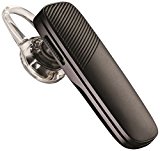Over-ear headphones purchasing advice: how to choose the right product
- The most important facts in brief
- Over-ear headphones completely enclose the ears with their ear cups and thus provide a very good seal to the outside without exerting too much pressure.
- Open designs offer a particularly spatial sound experience – but a quiet environment is important.
- For more comprehensive noise cancellation, models with active noise cancelling (ANC) are a good choice.
- For mobile use, wireless headphones that can be connected to a smartphone, laptop or tablet via Bluetooth are recommended.
- Audiophile users often opt for wired headphones that offer lossless music transmission.
Over-ear headphones: the right choice for every music lover
People who are on the move a lot, whether on public transport or in the city centre, appreciate them just as much as audiophiles and office workers: headphones. Whereas about ten years ago the image was still dominated by the small cable-connected earbuds, today a completely different range of designs can be seen. Available in various designs and colours, some models from well-known manufacturers have now even developed into chic accessories. For most users, however, sound quality and wearing comfort are much more important than appearance. The latter is especially important if the headphones are worn for a longer period of time during the day. Not only the weight plays a role, but also the materials and the construction. While the optimal sound quality depends strongly on individual preferences, there are a whole range of criteria for headphones that indicate whether they are comfortable to wear.
Over-ear headphones are characterised by two large ear cups that completely enclose the ears and thus exert little pressure on the ears or head. There are also so-called on-ear headphones, which are also shell headphones, but have smaller ear cups than over-ear headphones. Since the ear cups rest on the ear, wearing them can become uncomfortable after a long time, depending on the model. In-ear headphones, on the other hand, are plugged into the ear. They are now also available without a cable, for example as sports headphones. Apple started a real boom with the launch of its AirPods in December 2016. Although the advantages of the small earpieces are undeniable, they are not suitable for longer wear for many people because of the fit. What’s more, they often slip out and don’t achieve the rich sound of shell headphones that surround the ear.
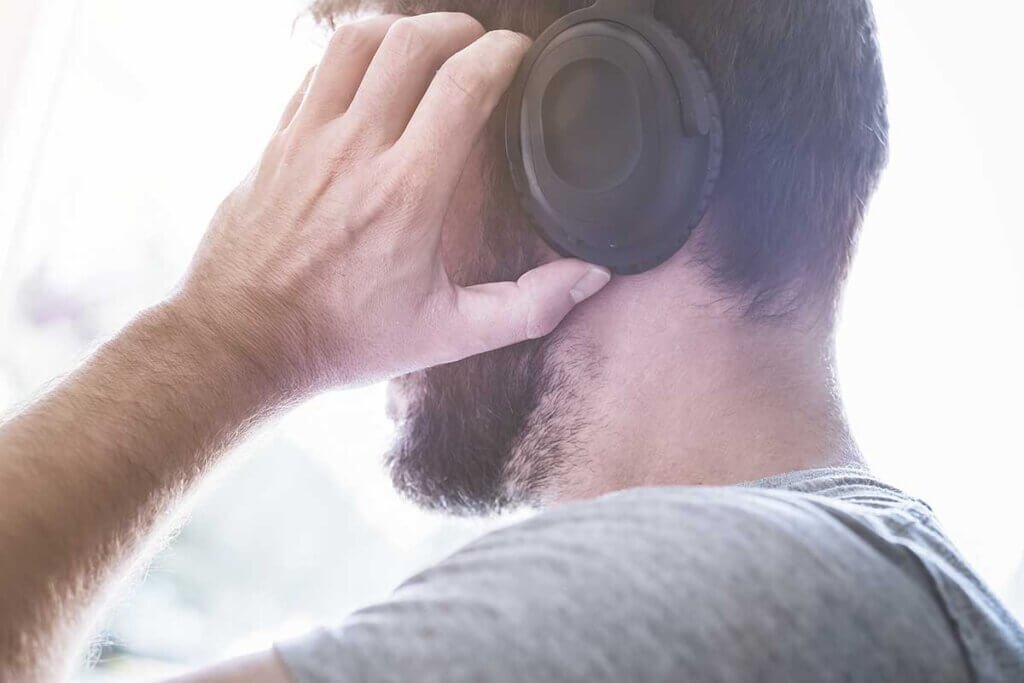
So despite their heavier weight, over-ear headphones are the first choice for frequent listeners and music enthusiasts. If you have to work in noisy environments such as open-plan offices or on the road, commute frequently and want to block out the outside world, or just want to relax and enjoy music at home, over-ear headphones are a good choice. The range is now so versatile that there is something for every requirement – and budget.
Foldable headphones
For some users, over-ear headphones are simply too bulky. The large ear cups cannot be stored in a space-saving way as is the case with in-ear headphones. That’s why most over-ear models come with their own protective case for transport. Some headphones can even be folded or collapsed.
What advantages do over-ear headphones offer over other models?
Over-ear headphones offer the best wearing comfort compared to on-ear and in-ear headphones because they distribute the pressure on the ears and head optimally. The earpiece and the ear cups of most headphones are covered with pleasantly soft materials such as artificial leather or memory foam. This is especially important for people who wear glasses, as otherwise the ear cups quickly press uncomfortably against the temples of the glasses. However, comfort is not the only argument in favour of the more striking over-ear models, which are now even worn as accessories thanks to their unusual designs and colours. By completely enclosing the ears, the headphones offer a particularly spatial and natural sound, which is not possible with other designs simply because of the construction. This is why most music lovers and discerning audiophiles swear by over-ear headphones.
What types of over-ear headphones are there?
Over-ear headphones are divided into open, semi-open and closed models. The difference lies in the outside of the ear cups. Closed models are completely sealed by solid material such as hard plastic, aluminium or metal and therefore hardly allow any noise to penetrate inside or outside. Semi-open and open models, on the other hand, are partly made of permeable material and have perforations on the outside. This allows sound waves to reach both the inside and the outside, resulting in a particularly spatial sound. This means that the intended use of the headphones determines which model is suitable: those who want to listen to music in noisy environments would be better off using closed headphones, while consumers with high expectations of sound quality prefer to use an open or semi-open model for enjoyment at home.
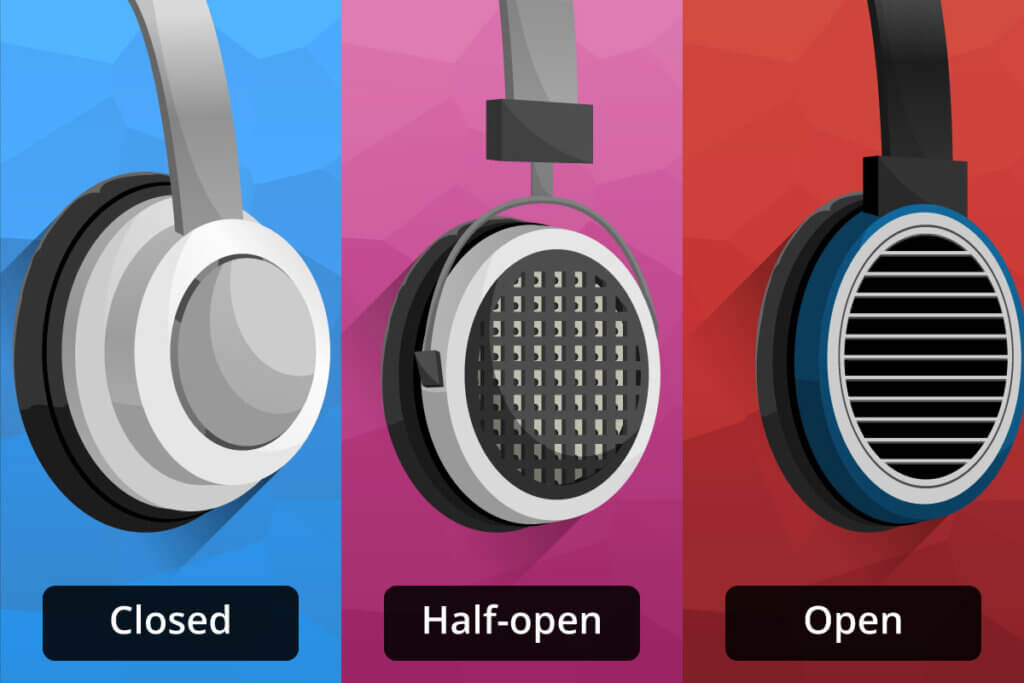
Closed over-ear headphones
Due to the material used, closed headphones shield a large part of the ambient noise and the music played hardly penetrates to the outside. They are therefore particularly suitable for users who mainly use their headphones on the move or when watching television at home, where they do not want to unnecessarily add to the sound of the people around them. The dense design is also called passive noise cancellation. Headphones that also offer active noise cancellation are becoming increasingly popular, making them ideal for public transport or open-plan offices. The focus is exclusively on the music, regardless of the surroundings. In addition, the people around you are not disturbed by your music.
However, noise cancellation can be disadvantageous in road traffic. Therefore, you should always switch off or remove the headphones in potentially dangerous situations. In addition, the spatial sound of closed headphones is not sufficient for many demanding users. Audiophiles also often find possible distortions of the sound due to resonances and reflections, which can occur due to the closed design, annoying. Due to the closed construction, the sound is hardly given room to unfold, which is why the enjoyment of music can also be limited. The low air permeability sometimes leads to heat accumulating under the ear cups. However, if you value solid bass above all else, you will be happy with a closed system: here, the pressure remains in the headphones and thus enables a particularly intense bass experience.
Elderly, disabled or otherwise restricted people should always carry a phone with them in case of emergency. After all, when going down to the basement or leaving the house, emergency situations can arise in which help must be called for as quickly as possible. Mobile phones for seniors should be particularly easy and safe to use so that they can still be used in emergency situations. For this reason, they have large displays and function keys, some of which are even illuminated or have an acoustic signal, as well as age-appropriate user interfaces. These and other advantages are listed again in the following overview:
Elderly, disabled or otherwise restricted people should always carry a phone with them in case of emergency. After all, when going down to the basement or leaving the house, emergency situations can arise in which help must be called for as quickly as possible. Mobile phones for seniors should be particularly easy and safe to use so that they can still be used in emergency situations. For this reason, they have large displays and function keys, some of which are even illuminated or have an acoustic signal, as well as age-appropriate user interfaces. These and other advantages are listed again in the following overview:
Pro points
- Extensive suppression of ambient noise
- Hardly any noise leakage to the outside
- Intense bass experience
Drawbacks
- Less surround sound
- Less air permeability
- Distortions due to resonances and reflections possible
Open over-ear headphones
With open headphones, sound travels almost unfiltered to both the outside and the inside. The cone housing is either perforated or consists of coarse-meshed grids. In this way, the sound from the right ear cup always quietly reaches the left ear and vice versa. As a result, they are more limited in their application possibilities than closed systems, but offer a spatial sound experience.
Music is reproduced more clearly and with greater accentuation. Especially with low tones, the open design balances the pressure better and thus enables a more neutral sound. In addition, the better air circulation ensures less trapped heat and thus a pleasant wearing experience – even after hours. However, open headphones require more power, which is why they are less suitable for mobile use.
Elderly, disabled or otherwise restricted people should always carry a phone with them in case of emergency. After all, when going down to the basement or leaving the house, emergency situations can arise in which help must be called for as quickly as possible. Mobile phones for seniors should be particularly easy and safe to use so that they can still be used in emergency situations. For this reason, they have large displays and function keys, some of which are even illuminated or have an acoustic signal, as well as age-appropriate user interfaces. These and other advantages are listed again in the following overview:
Elderly, disabled or otherwise restricted people should always carry a phone with them in case of emergency. After all, when going down to the basement or leaving the house, emergency situations can arise in which help must be called for as quickly as possible. Mobile phones for seniors should be particularly easy and safe to use so that they can still be used in emergency situations. For this reason, they have large displays and function keys, some of which are even illuminated or have an acoustic signal, as well as age-appropriate user interfaces. These and other advantages are listed again in the following overview:
Pro points
- Spatial sound experience
- Differentiated sound
- Good air circulation
Drawbacks
- Low bass
- Higher power consumption
A matter of taste
Besides usage, it also depends on musical taste. Hip-hop fans get their money’s worth with closed systems and thus a lot of bass, while open systems are particularly suitable for users who want to indulge in the full sound spectrum of classical music, for example. If you prefer both and listen to music in quieter environments, you should go for semi-open headphones. In this case, only part of the ear cup is permeable or special damping materials are used, so that an evenly spatial sound with balanced highs and lows is produced. However, it cannot be said across the board that open or semi-open headphones always produce a better spatial sound than closed ones. The technical fine-tuning of current models is so precise that high-fidelity surround sound can be reproduced digitally. Apple, for example, promises this with its new AirPods Max, the first over-ear model from the US company.
What should be considered when buying over-ear headphones?
Headphones that can be connected to a mobile end device via Bluetooth are indeed particularly practical when on the move. However, wired devices offer a more stable and high-quality connection. Noise cancelling is a useful function if you want to block out ambient noise. However, active noise cancelling (ANC) comes at the cost of battery consumption, which is why a particularly powerful battery is recommended for over-ear headphones. Last but not least, you should pay attention to the material and workmanship so that the headphones fit as comfortably as possible. Thanks to technical improvements, headphones from leading manufacturers such as Bose, Teufel, JBL, AKG, Sennheiser, Sony or beyerdynamic are now available at a reasonable price of 50 to 300 euros – the sky’s the limit.
What connection technologies are available for over-ear headphones?
Headphones can be connected to end devices without a cable via wireless technology such as Bluetooth or via a jack plug via cable. Many wireless models offer both options, so you can continue listening on the go even if the battery is flat. Wireless headphones have the great advantage of freedom of movement: this makes them particularly attractive for users who are on the move a lot. However, the transmission range can quickly become a problem. For analytical music listening, wired studio headphones that can be connected to an amplifier and avoid any transmission loss are often more suitable.
Headphones with noise cancelling provide absolute silence
If the passive noise cancellation provided by the design of over-ear headphones is not enough, you can opt for models with active noise cancellation. Headphones with active noise cancelling pick up sound waves from the environment via the microphone, which can also be used to make telephone calls. The headphones then produce counter-wave sound that neutralises the ambient noise to a certain extent, so that even in the case of street noise, silence reigns under the ear cups. Many models offer an active noise-cancelling function in various gradations. Bose is one of the leading manufacturers when it comes to noise cancelling, and in the latest model, the Bose Noise Cancelling Headphones 700, the manufacturer offers a full eleven noise reduction levels ranging from complete suppression of ambient noise to complete permeability of all sounds. As practical and pleasant as it is, the battery consumption increases considerably when noise cancelling is activated. Therefore, you should occasionally do without this function when you are on the move or always have a charging cable and a power bank with you.
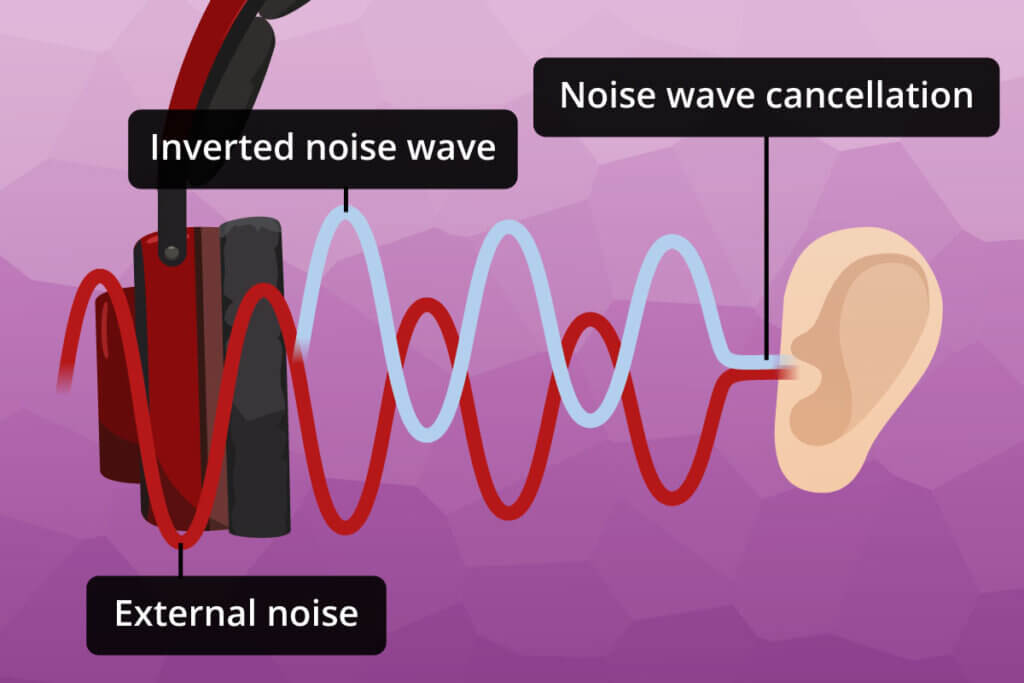
Impedance
The impedance is a key figure for the electrical resistance of the voice coil built into the headphones and is given in the unit Ohm. The voice coil is responsible for making the surrounding diaphragm vibrate and thus producing a sound. The thinner the wire of this voice coil, the clearer the sound of the headphones. At the same time, the necessary electrical resistance that the connected device must overcome increases. So if the smartphone or stereo system has too little voltage for the impedance of the headphones, the sound will be too “thin” and only reproduced very quietly. The intended use is decisive for the necessary impedance. The impedance value is especially important when the headphones are connected via cable.
| Output device | Impedance of the headphones |
|---|---|
| Smartphones | 32 to 36 Ohm |
| High-fidelity system | 250 Ohm |
| Particularly powerful systems | 600 Ohm |
Transmission range
The transmission range indicates the bandwidth of frequencies that a headphone can cover. The human ear perceives frequencies between 50 and 10,000 hertz. The worse the hearing, the narrower the audible range. Headphones usually have a very high spectrum of about 20 to 20,000 hertz. The wider the range, the more natural the sound is perceived.
Operation
There are very different approaches to operating the headphones. Elementary functions are switching the headphones on and off, the play and pause button, as well as skipping forward and back. But activating active noise cancelling, establishing a Bluetooth connection or answering a phone call also requires corresponding controls. Many devices therefore have buttons or knobs on the ear cups – others have a touch-sensitive touch interface that can be operated by means of tapping and swiping movements. Since operation on the headphones is purely haptic, intuitive operation and clear assignment of the control elements is important.
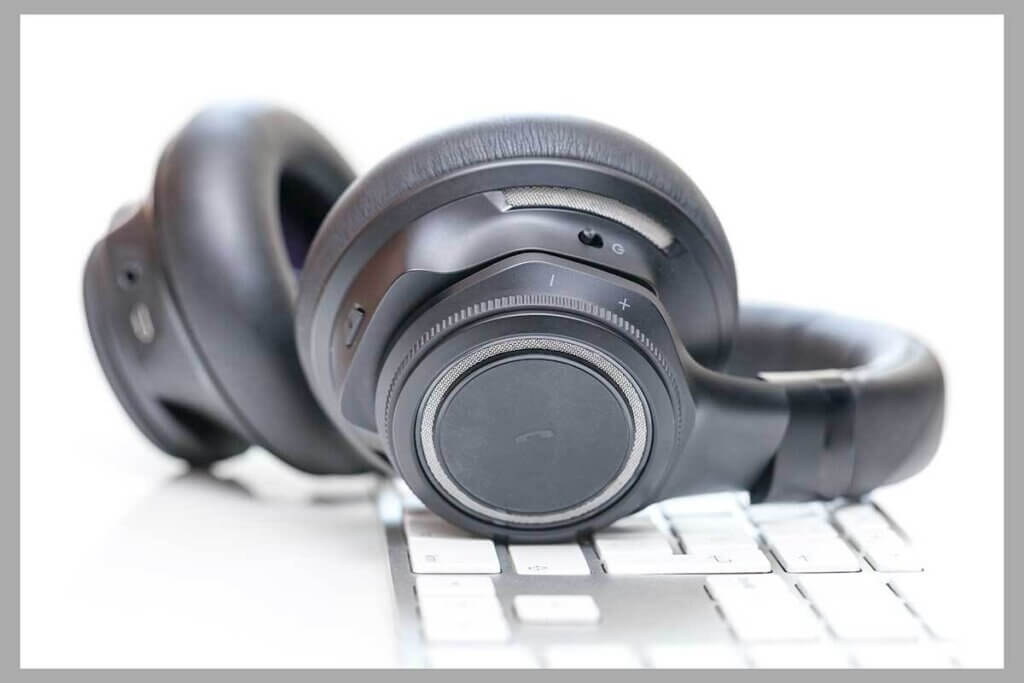
Material and processing
When it comes to the material used, it is of course primarily a matter of taste. From rather inconspicuous models made of dark hard plastic to noble high-end devices with metal elements, there is something for everyone. A harder material like metal is more stable than plastic, for example, but it is also heavier. Besides the look, however, the material on the inside plays a role, especially for frequent listeners. Whether memory foam, artificial or suede leather, a particularly soft material ensures the highest possible comfort. The workmanship of the components is crucial for the longevity of the over-ear headphones. Robust joints and folding mechanisms should be well made and able to withstand constant use.
Features
Most headphones come with a soft fabric pouch or hard case to protect the headphones when not in use. A cable for charging and, if necessary, a jack cable for connecting to different end devices are usually also included in the scope of delivery. Some manufacturers even include special adapters with their models, such as an aeroplane adapter.
Battery
The battery performance of modern over-ear headphones is considerable. Good devices can last between 20 and 40 hours. The usage time depends on the type of connection: with an active Bluetooth connection, the battery is used up more quickly than with a cable connection. If you use the active noise-cancelling function, the battery is also used up more quickly. Most headphones are fully charged after about two hours. Many models also offer a quick-charge function that promises about two hours of operation after about 15 minutes of charging.

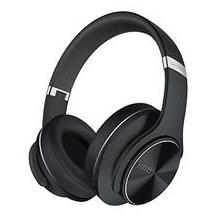
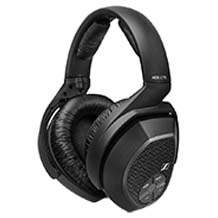
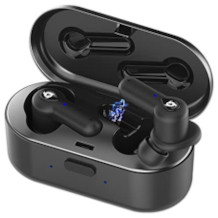
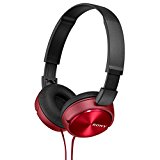
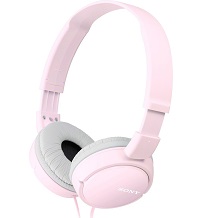
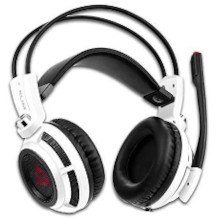
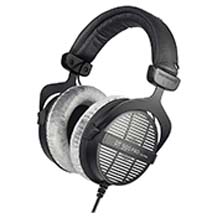
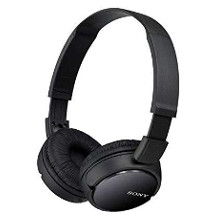
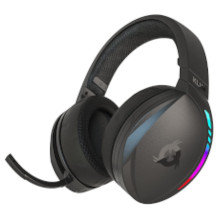

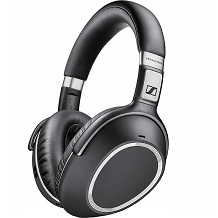

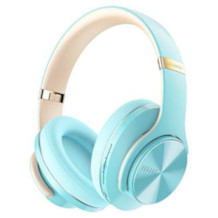
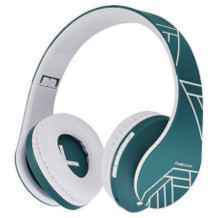
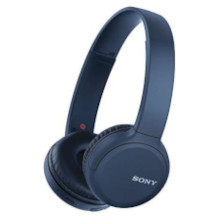
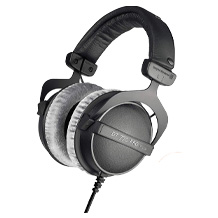
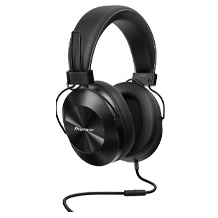
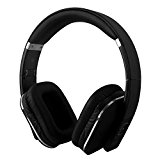
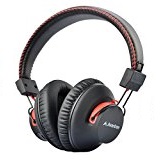

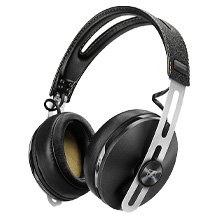


 276 reviews
276 reviews


